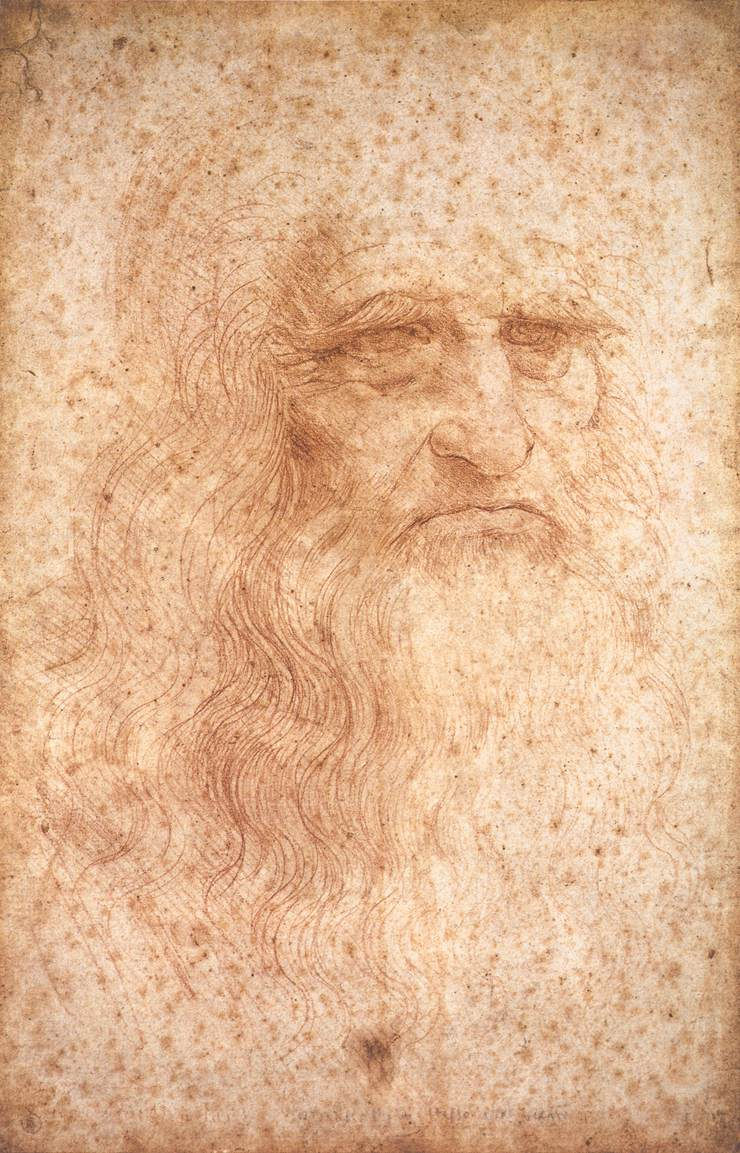17 Surprising Influences on Bible Art and Adaptations (Part 1)
- Kevin Keating

- Mar 11, 2019
- 4 min read
Updated: Feb 23, 2021
“They changed it!” Quite often audiences will indignantly raise this complaint after watching a film adaptation of a favorite book. When it comes to Bible movies, paintings, literature, or other forms of creative Bible Art, the recognition that a Bible artist has changed a biblical story often comes with the assumption that this is primarily due to a lack of faithfulness or a desire for profit. In reality, there are several factors that influence a Bible adaptation:
1) The Bible
This may seem obvious. After all, Bible Art is about the Bible. And yet the fidelity of Bible Art to the actual details of the Bible (rather than our traditions about the Bible) can make it shocking and subversive to popular audiences. Some may accuse a Bible movie depicting the birth of Jesus without the wise men of deleting characters, but the details of the text suggest that they actually wouldn’t have arrived until a significant time later. The film is being faithful to the details of the Bible, even as it is bucking tradition.
Bible Art may also incorporate or allude to portions of the Bible outside of the primary story that it is adapting. These additional scenes may be incorporated through flashback, flash-forward, quotation, foreshadowing, or sidebars, often as a means of drawing out typological connections or patterns. Within the Christian tradition, this is most often done in order to connect the Old Testament to Jesus or the Church.
Next time you enjoy Bible Art, consider:
How closely is this biblical adaptation following the details of its source?
How does this biblical adaptation draw on or point to other stories or biblical texts? How and why?
2) Theological & Interpretive Traditions
The meaning of the Bible in certain sections is hotly debated. If one of those sections is being adapted, you can expect the resulting Bible Art to reflect the debates in one way or another. Depictions of narratives including Creation, Noah’s Ark, the Conquest of Canaan, and the Lord’s Supper will have to navigate how they relate to well-established interpretations and beliefs about these stories, regardless of whether the author intends to make a statement on them.
Theological and interpretative traditions will also influence the ethical issues that a Bible adaptation reckons with. Depending on the era and culture and what ethical issues are of particular concern, a work of Bible Art may treat a particular action nonchalantly or with great interest. In the Modern West, ethical debates between pacifism and just-war theory make the Conquest of Canaan a very fraught narrative, whereas in other times or cultures the violence of God’s commands would hardly require a great deal of nuance or attention.
Next time you enjoy Bible Art, consider:
How is this biblical adaptation navigating theological or interpretative debates of its time?
How is this biblical adaptation shaped by the ethical concerns of its time?
3) Genre & Tropes
The Bible’s stories reflect the genre expectations and limitations, as well as tropes of Ancient Near Eastern and Greco-Roman narrative and poetry. Bible Art, on the other hand, will reflect the artistic horizons of its own time and culture. Whereas Hebrew Narrative could (and was expected to be) plot-driven and laconic, a modern novel based on such a story can afford to (and is expected to) delve into more of the psychology of its characters and the details of each scene; a modern film will be more visually arresting than either and not allow its audience to pause and ponder until the end.
The original audience of a biblical story could take for granted and understood certain tropes within each narrative that we find strange. Conversely, modern audiences expect their own set of tropes, and may even need these story or character elements in order to properly understand the story. For the original audience, it was natural to expect a scene of salvation at a well to lead into a love story; for modern audience we need to see other cues like eye-contact and verbal chemistry in order to recognize that a love story is underway.
Next time you enjoy Bible Art, consider:
How does this biblical adaptation fit the story into modern expectations and tropes?
How does this biblical adaptation work around, explain, or remove story elements shaped by past artistic expectations or tropes?
4) Iconographic & Adaptive Traditions
When Bible Art is shaped by the interpretation of its source by theologians, pastors, and exegetes, the result is often easier to spot than when it is shaped by how previous artists have interpreted and depicted its narrative or characters. When artists depicts 3 kings from different nations coming to visit the baby Jesus, each carrying his own gift or when costumer designers clothe Mary in blue, they aren’t taking sides on theological debates. Depictions of certain biblical scenes or characters is often so prevalent and so uniform that the creators of Bible Art (and their audience) don’t even realize how much their imagination has been shaped.
Next time you enjoy Bible Art, consider:
How have the details in this biblical adaptation been shaped by previous depictions of its plot, characters, and setting?
5) Views of Art & the Artist
In the Modern West, we tend to expect arts to reflect the innovative, surprising, or unique contribution of its creator(s), but this expectation is far from universal. In many other times and cultures, the primary expectation of art is that it will conform to prior depictions and traditions. Cultures also differ in whether they view the artist primarily as an independent and autonomous actor or primarily as an employee of his clients and a servant of the Church. Generally views of Art and the Artist determine the relative weight and importance of other influences including the creator, the contemporary audience, supporters, and tradition.
Next time you enjoy Bible Art, consider:
How did contemporary expectations of Art and Artists shape the ways this biblical adaptation deviated from or conformed to prior traditions?
Images by
Photo by Wendy van Zyl from Pexels
By Raul654, CC BY-SA 3.0, https://commons.wikimedia.org/w/index.php?curid=36892
By Paolo da San Leocadio - 3.bp.blogspot.com, Public Domain, https://commons.wikimedia.org/w/index.php?curid=18439982
By Ciro Ferri - [1], Public Domain, https://commons.wikimedia.org/w/index.php?curid=2208216
By Rodhullandemu - Own work, CC BY-SA 4.0, https://commons.wikimedia.org/w/index.php?curid=69518910
By Leonardo da Vinci - Web Gallery of Art: Image Info about artwork, Public Domain, https://commons.wikimedia.org/w/index.php?curid=15497207


















Comments